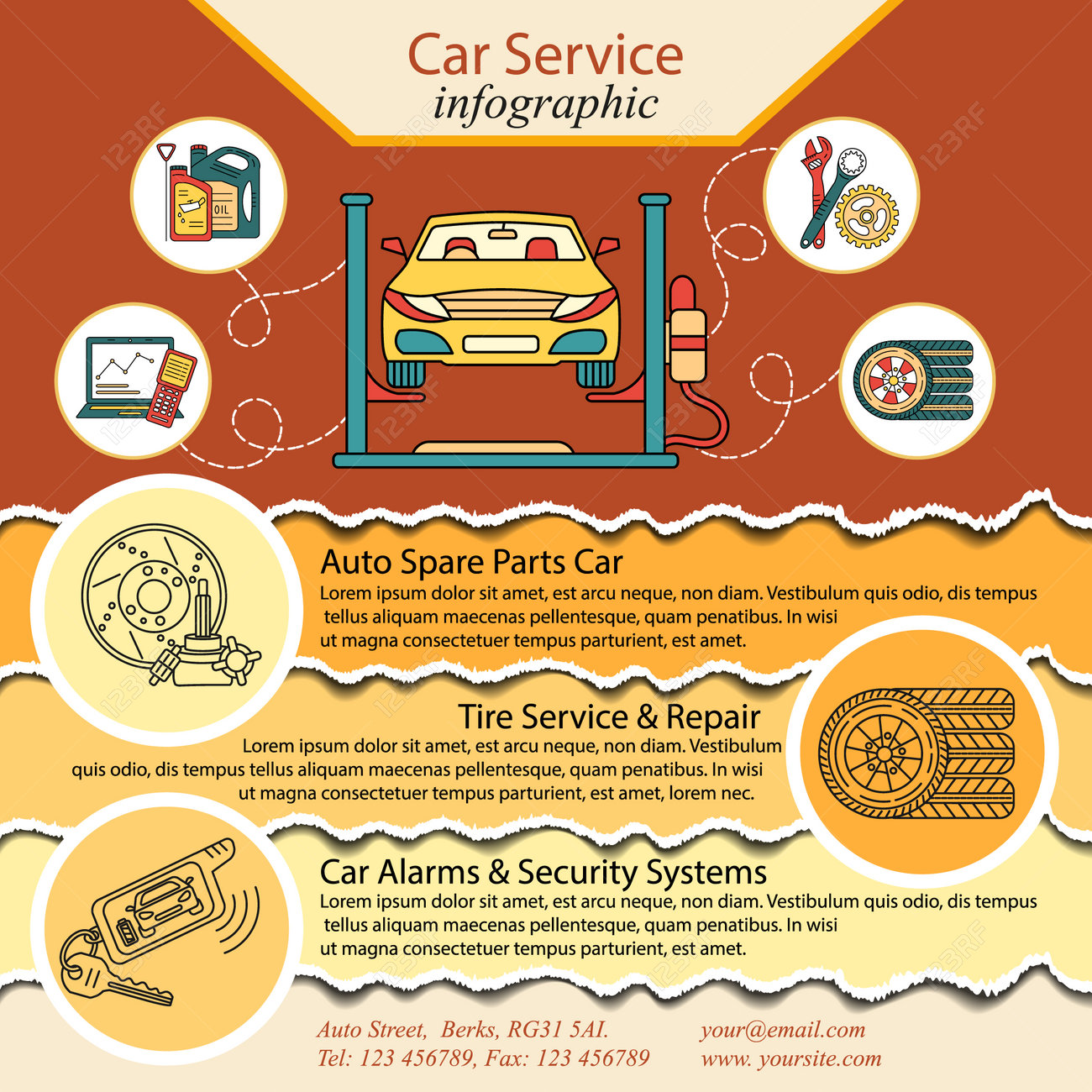Translating Your Vehicle'S Alert Lighting: Their True Implications
Translating Your Vehicle'S Alert Lighting: Their True Implications
Blog Article
Personnel Author-Higgins Dalgaard
When you're behind the wheel, those radiant caution lights on your dashboard can be a little bit perplexing. Do you know what they're trying to inform you concerning your automobile's health and wellness? Recognizing the significance of these lights is crucial for your safety and the longevity of your automobile. So, the following time one of those lights appears, would not you wish to decode its message properly and take the required actions to resolve it?
Common Warning Lighting and Interpretations
Determine typical warning lights in your automobile and recognize their significances to guarantee safe driving.
The most regular warning lights consist of the check engine light, which signals concerns with the engine or discharges system. If this light begins, it's essential to have your vehicle inspected without delay.
The oil pressure alerting light suggests low oil pressure, needing immediate attention to avoid engine damages.
A flashing battery light could recommend a defective charging system, potentially leaving you stranded if not addressed.
The tire pressure tracking system (TPMS) light notifies you to reduced tire pressure, affecting vehicle stability and gas efficiency. Neglecting this can result in risky driving problems.
https://wreg.com/news/local/popsicle-the-dog-scares-away-auto-repair-shop-burglars/ shows an issue with the anti-lock braking system, compromising your capacity to quit swiftly in emergencies.
Lastly, the coolant temperature level cautioning light warns of engine overheating, which can lead to extreme damages if not resolved swiftly.
Understanding these common warning lights will certainly assist you deal with problems immediately and maintain safe driving conditions.
Relevance of Prompt Interest
Understanding the usual caution lights in your auto is just the first step; the value of immediately addressing these warnings can't be highlighted sufficient to ensure your safety on the road.
When vehicle wrap auckland illuminates on your control panel, it's your auto's way of connecting a potential problem that needs interest. Disregarding dimedetailing can lead to much more severe problems later on, jeopardizing your safety and security and possibly costing you much more in repairs.
Prompt focus to cautioning lights can prevent break downs and accidents. For example, a flashing check engine light could show a misfire that, if left neglected, could trigger damage to the catalytic converter. Resolving this promptly can conserve you from a costly repair.
Likewise, a brake system warning light could indicate reduced brake liquid or worn brake pads, important components for your security when driving.
Do It Yourself Troubleshooting Tips
If you see a caution light on your dashboard, there are a couple of DIY repairing tips you can try before seeking professional assistance.
The initial step is to consult your car's manual to comprehend what the details caution light indicates. Occasionally the problem can be as simple as a loosened gas cap activating the check engine light. Tightening up the gas cap may fix the issue.
Another usual issue is a low battery, which can activate various advising lights. Examining the battery connections for corrosion and ensuring they're protected could repair the trouble.
If a caution light persists, you can try resetting it by disconnecting the automobile's battery for a few mins and then reconnecting it. In addition, inspecting your vehicle's liquid levels, such as oil, coolant, and brake fluid, can help repair alerting lights connected to these systems.
Final thought
To conclude, comprehending your cars and truck's caution lights is vital for keeping your vehicle running efficiently and safely. By without delay resolving these signals and recognizing what they mean, you can prevent costly fixings and prospective failures.
Keep in mind to consult your automobile's guidebook for particular information on each alerting light and act appropriately to ensure a hassle-free driving experience.
Keep educated, remain risk-free on the road!
